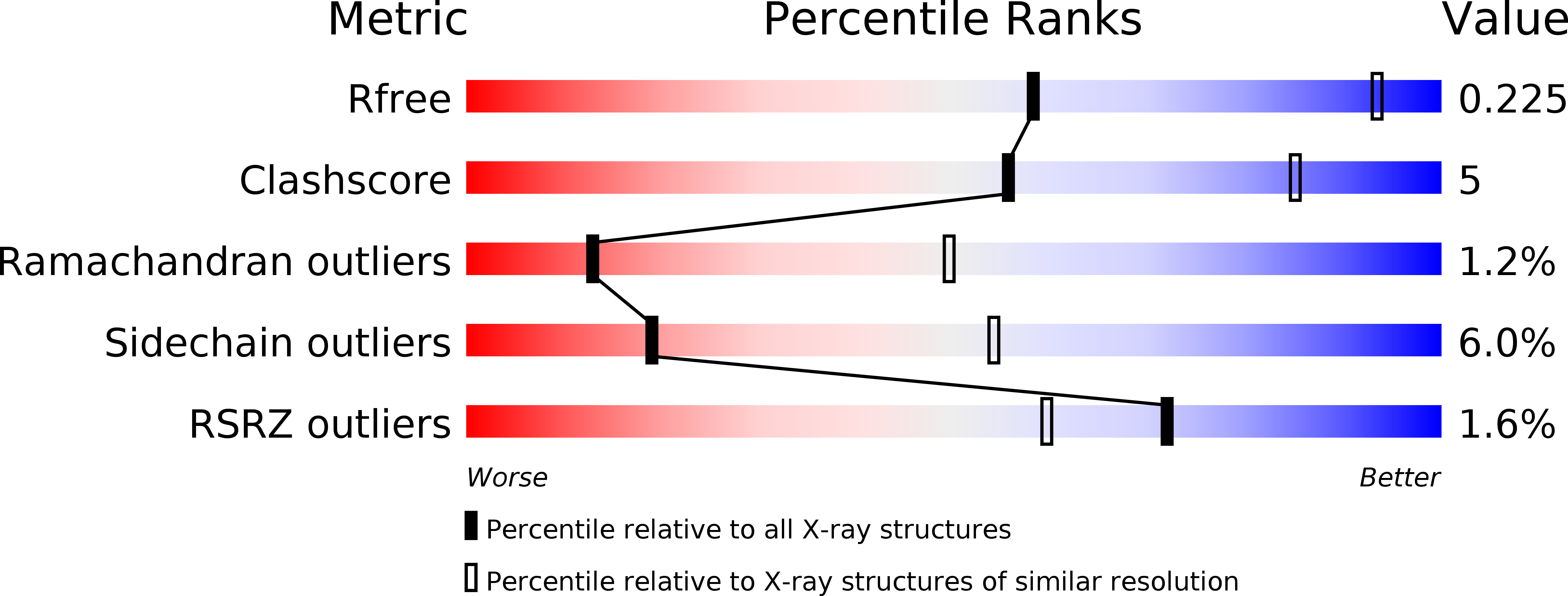
Deposition Date
2012-10-19
Release Date
2013-06-12
Last Version Date
2023-09-20
Entry Detail
PDB ID:
4HNA
Keywords:
Title:
Kinesin motor domain in the ADP-MG-ALFX state in complex with tubulin and a DARPIN
Biological Source:
Source Organism:
ARTIFICIAL GENE (Taxon ID: 32630)
Homo sapiens (Taxon ID: 9606)
Ovis aries (Taxon ID: 9940)
Homo sapiens (Taxon ID: 9606)
Ovis aries (Taxon ID: 9940)
Host Organism:
Method Details:
Experimental Method:
Resolution:
3.19 Å
R-Value Free:
0.21
R-Value Work:
0.17
R-Value Observed:
0.17
Space Group:
P 21 21 21


